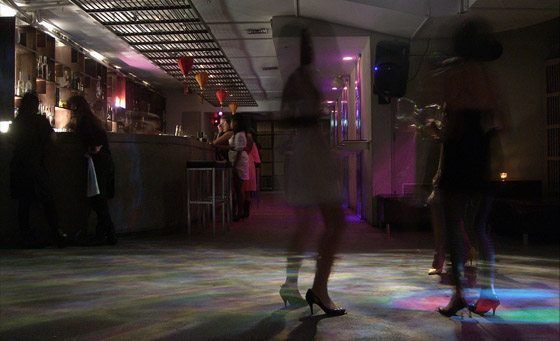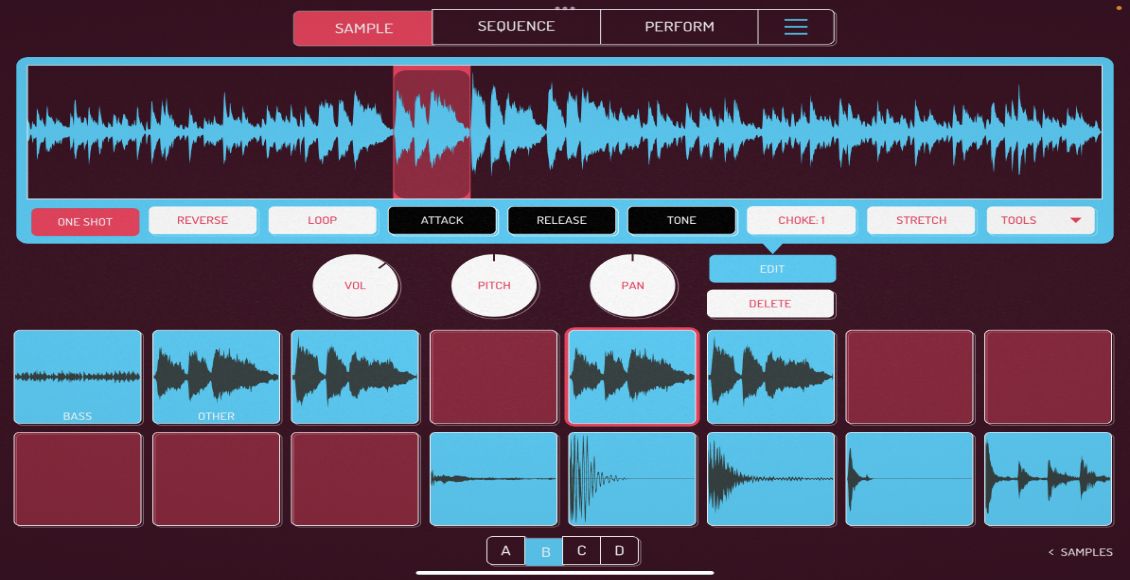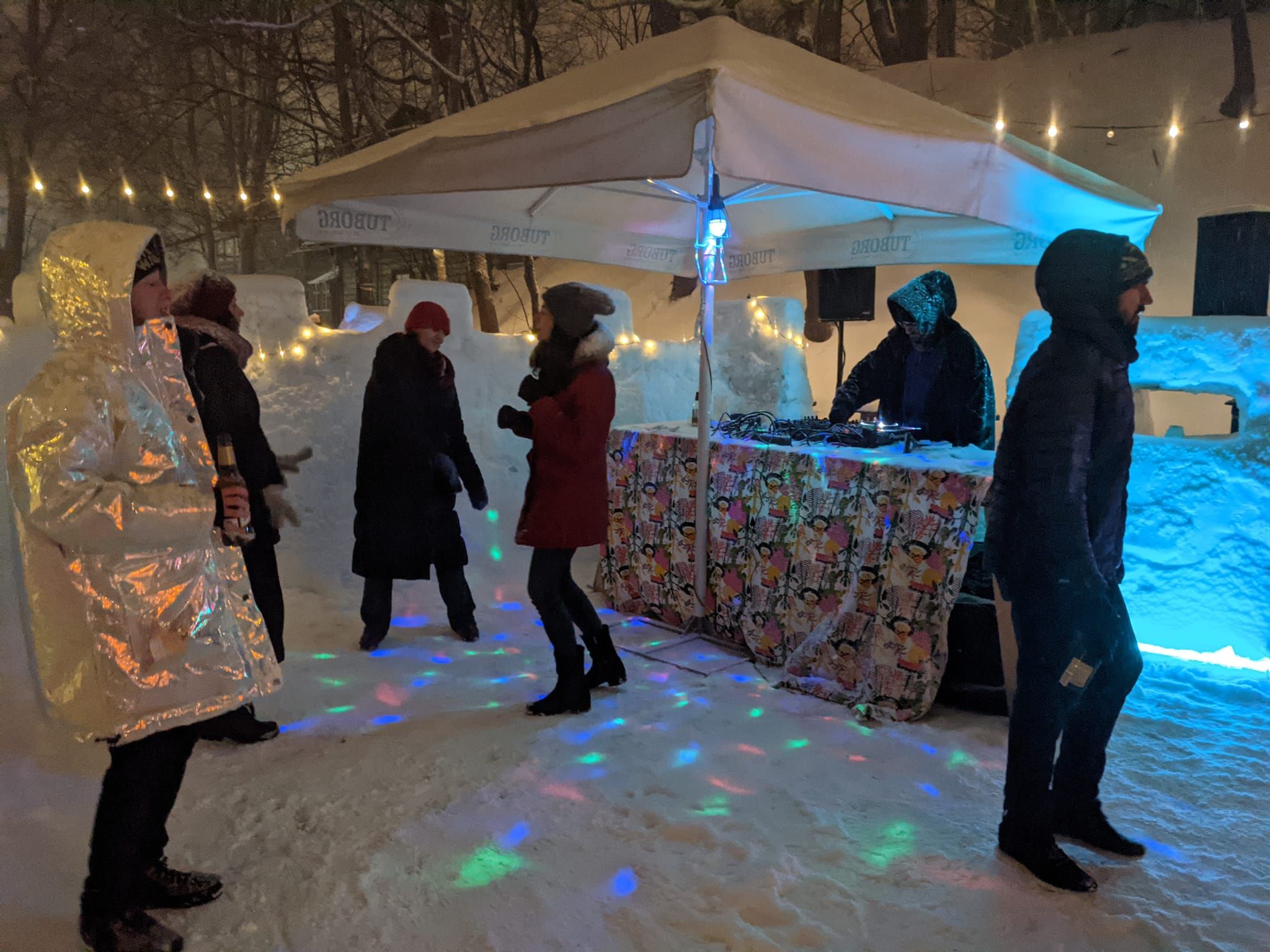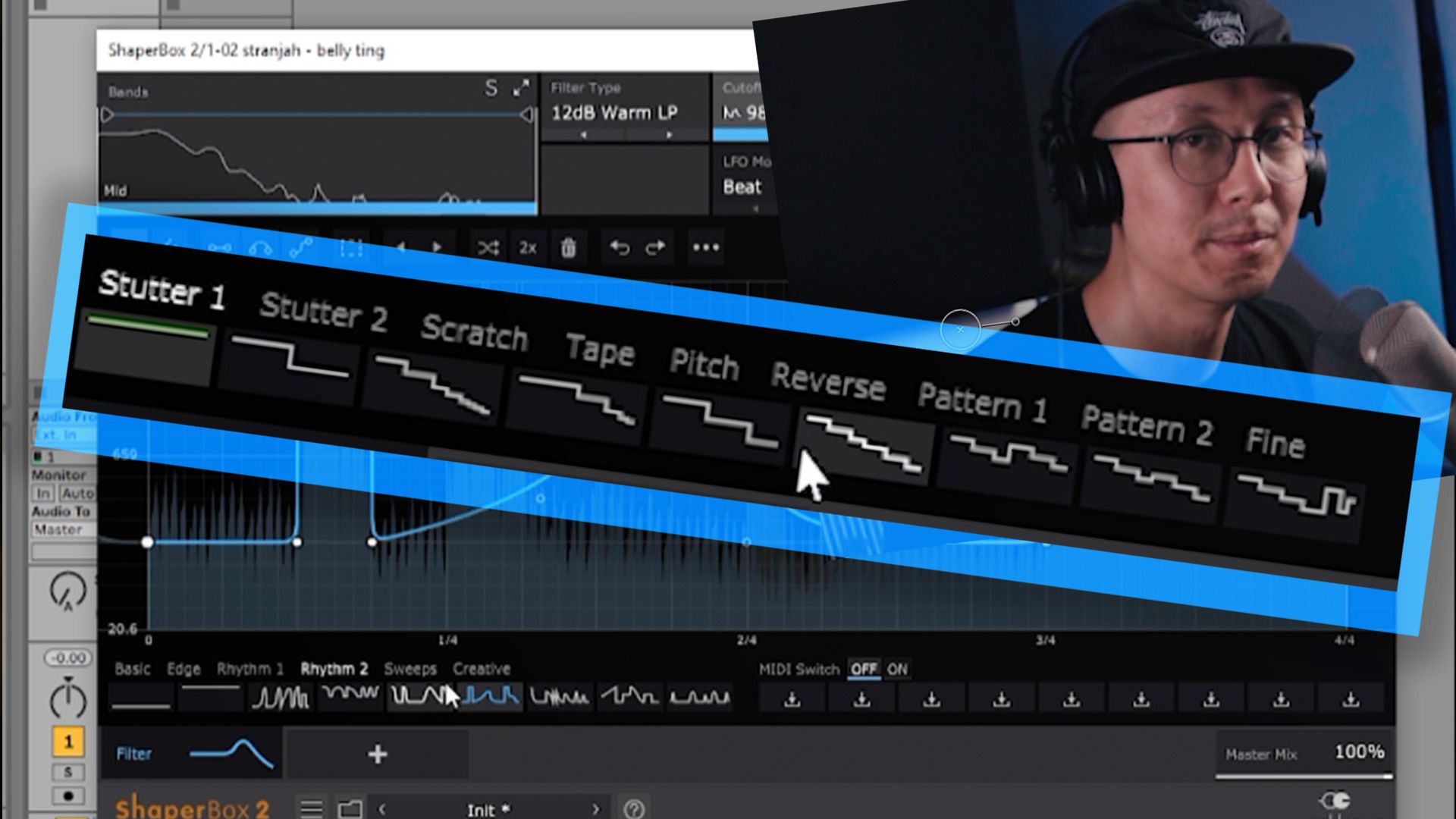Djing is not just picking the next song, but planning how your songs will flow for the entire night. There are 2 critical time-lines we will look at in this article that you should keep in mind when planning the flow of a night: the drink line and the tempo line. Understanding and playing with these principles will mean happier dancers and happier owners!
The Drink Line- Build it, Use it!
We would all like to think our dj skills reign supreme, but lets keep the egos in check and share a short moment of honesty. Alcohol keeps the dance floor pumping. You can use that knowledge to help your dance floor and make sure the club does well at the bar. The trick is to respect “the drink line”. The basic timeline of an average DJ would start off light, build itself towards a peak, and slowly drop towards the end of the night. This will work, but the more nuanced and professional djs deftly work in some breathing room for drink breaks.
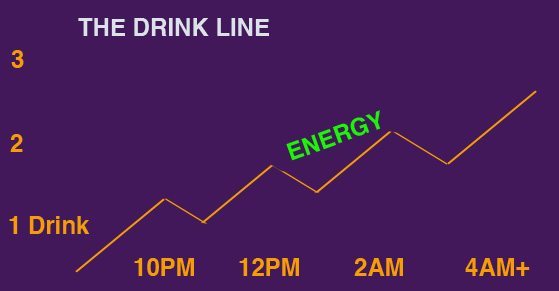
In the chart above, the dj has programmed 2-4 sections through the night where he intentionally allows the energy to drop moderately. Then after a 15-30 minute lull, the energy picks right back up and thanks to a fresh round of shots, goes to new heights! Programming in a few intentional breaks in energy does a few critical things:
1) Provides a clear opportunity for drink breaks helping the bar
2) Gives the dancers some breathing room and down-time
3) Provides you the chance to play a few great tracks that might not exactly be hits
4) Using the illusion of juxtaposition creates a sense of gradual energy building. 11 can start to feel like 7 if there is no reference point.
Like it or not- the club is not a non-profit entity. Club owners invest time and money into their institutions to bring in a profit, so if you want to keep your job as a resident dj, it’s wise to keep that in mind when planning sets. Don’t sacrifice your artistic integrity, but keep in mind when the club does well so will you.
THE TEMPO LINE
Just like the drink-line, the tempo line is also used to build and maintain energy throughout the night. It could coincide with your drink line but may also follow a totally different track. Here are 2 very common tempo lines that will pay solid dividends:

The builder should be fairly obvious but it’s amazing how few people actually gradually build tempos throughout the night. Over-zealous openers start the night off right at 130pm and leave headliners with no-where to go. If this happens to you- reset the clock! Let the track run out, start the set at a lower BPM. There will be some temporary energy loss but way more room to work with through the set.
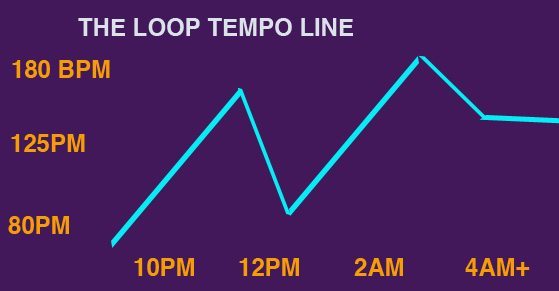
The loop is more common with mixed format sets where lots of different BPMs are expected. This is my favorite style to mix with because tempos changes can give huge boosts of energy to the dance floor. I typically work 2-3 tempo cycles into the mix throughout a 4-5 hour set.
During a tempo cycle, the BPM can go all the way up the tempo range, loop around the “horn” (180) and then double back down to 90.
The timing of the lower BPMS is very important and should be used sparingly. A good time to give dancers a break by dropping the tempo is around 2AM when everyone enjoys a good drunken slow dance. The tempo’s and times above are not by any means correct, but used more as an example of the cycle.
UNIVERSAL AUDIO
Some of these principles certainly apply more to venues where drinks are no longer served after 2AM. Others, like the tempo line can apply to any venue if the unique needs and circumstances of the local dancers are considered. These principles should serve as guidelines but ultimately its your eyes, ears, and judgment that will make the best call for the dance floor. That is, after all, why they pay us the big bucks!
The idea for this article came from Jules Etro but was re-written for clarity- Thanks Jules!


